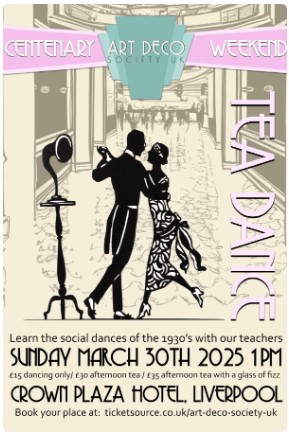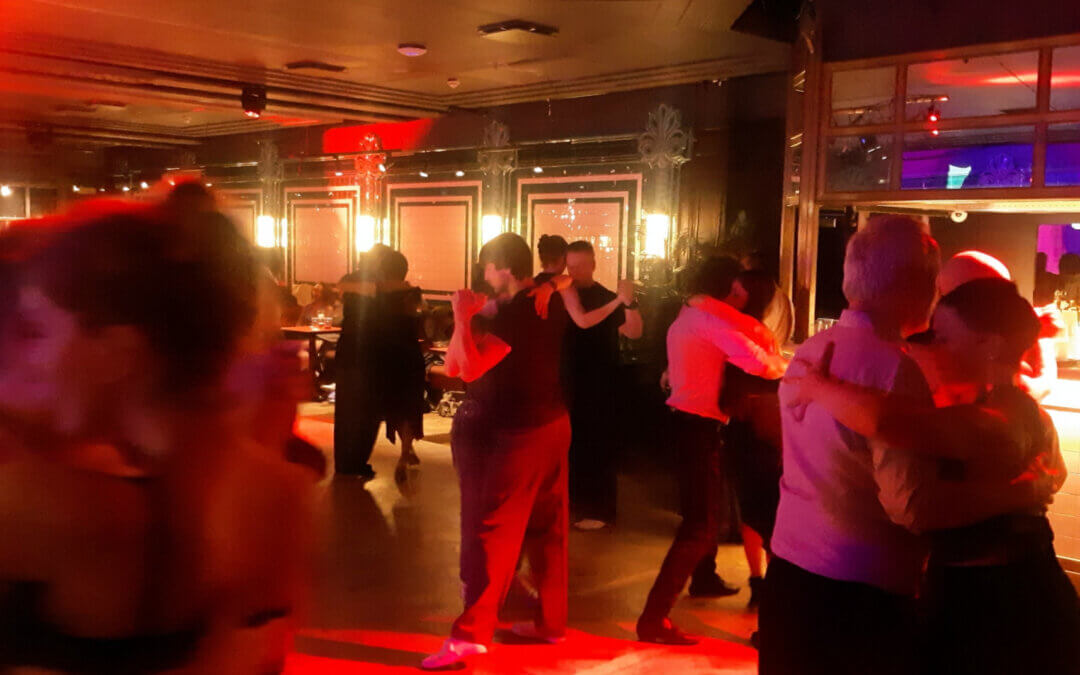The term ‘Art Deco’ didn’t get much use until the 1960s, but its origins are usually traced to the 1925 Exposition Internationale des Art Décoratifs et Industriels Modernes in Paris, so the UK Art Deco Society will be celebrating with an art deco ball at the end of March. I do hope there will be tango.
As with all cultural movements, the first stirrings of art deco were clearly visible before the world noticed it in 1925. The earliest years of the 20th century were a time of dramatic cultural change. France was in the vanguard of new ideas. These encompassed not only art and design but areas like music and fashion.
Tango predates this, of course. Although its roots go further back, aficionados consider that it became a clearly defined art with the composition of music like El talar in 1895and El entrerriano in 1897. Back then it was still considered a vaguely disreputable dance from the bordellos and slums of Buenos Aires. By 1910, though, it had crossed the Atlantic and was taking France by storm. Soon after, it was everywhere. HG Wells called 1913 “the year of the tango”.

Tango dancers: Liz Usabal Y Herndandez 1913
While the original tango had been very much a dance of the working man, the people bringing tango to Paris were rich visitors from Buenos Aires. The baggy bombacha trousers gave way to smart suits and dinner jackets. Although the dance was denounced by the Pope and widely considered improper, it was defended by the poet, novelist, and dramatist, Jean Richepin, in a paper given to the Académie Française.

“We must see, in the current craze for Tango, only the revival of our tenacious love for dance, and rejoice in it.”
The popularity of tango grew, interrupted briefly by the inconvenience of the first world war, but there seemed no stopping it.
In America, Vernon and Irene Castle (huge dance stars at the time) were bastardising Argentine tango into ballroom tango, heading off complaints of impropriety by making the dancers keep their torsos farther apart. While they were at it, they also simplified both the steps and the music to make it easier to dance. The decadent Europeans, though, continued to dance outrageously close and film of dancers at that time shows scenes easily recognisable in dance clubs today.
The Art Deco style is reflected in the signage outside this Warsaw tango club in 1936.
Posters from the period are still popular and still in copyright, so I’m not adding any examples. The UK Art Deco Society’s flyer for its Centenary tea dance gives you an idea though.

A Word from our Sponsor
I love tango. By a fortunate coincidence, the vampire hero of my Galbraith & Pole books loves tango too. I wrote a free short story for Valentine’s Day, featuring Chief Inspector Pole and the tango of 1913. You can read it here:
The Galbraith & Pole books are all available on Kindle and in paperback.

Header photo is Milonga Re! in Piccadilly. The dancers are 2025 but the architecture gives a definite nod to Art Deco.

